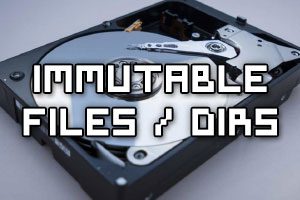Here we’re going to show you how to install the Internet Information Services (IIS) web server version 10.0 in Microsoft’s Windows Server 2019 operating system.
Category Archives: How To - Page 2
How To Enable Telnet Client in Windows Server 2019
This post will show you how to install the telnet client in Microsoft’s Windows Server 2019. I’ll show examples with command prompt, PowerShell, and of course using the graphical user interface.
How To Upgrade MariaDB Version 10.1 to 10.3
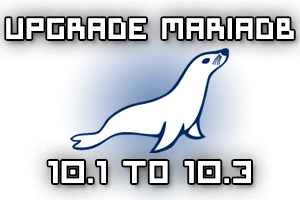
This short guide will show you how to upgrade MariaDB 10.1 to 10.3 in CentOS 7 Linux. We’ll start by modifying the repository file and perform a ‘yum update’. This may fail to automatically update the MariaDB-server package, so I’ll show you how to manually use the mysql_upgrade script to complete the process.
How to Restore a Deleted File in Linux
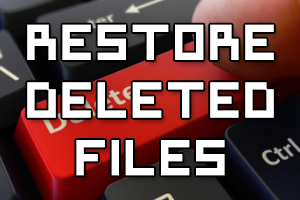
If you’ve accidentally deleted a file in Linux, don’t worry, you can probably still restore it as long as that area of disk has not yet been overwritten. This post will show you how to easily restore a deleted file in Linux.
Foremost is able to search a disk or raw image file to recover files based on their headers, footers, and internal data structures.
Prevent File/Directory Modification, Deletion and Renaming in Linux
How To Install LXDE GUI In Debian 9 Linux
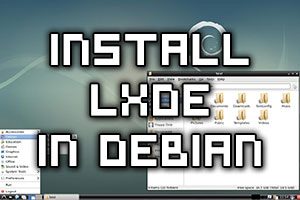
By default a full installation of Debian 9 Linux will have the graphical user interface (GUI) installed and it will load up after system boot, however if we have installed Debian without the GUI we can always install it later, or otherwise change it to one that is preferred.
This quick guide will cover how to install LXDE on Debian 9 Stretch, which will provide a GUI for working with the Linux system. While I don’t suggest using a GUI on a production server, it’s a good option if you’re using Debian as a desktop.
How To Install XFCE GUI In Debian 9 Linux
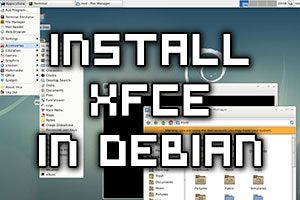
By default a full installation of Debian 9 Linux will have the graphical user interface (GUI) installed and it will load up after system boot, however if we have installed Debian without the GUI we can always install it later, or otherwise change it to one that is preferred.
This quick guide will cover how to install the XFCE4 Desktop on Debian 9 Stretch, which will provide a GUI for working with the Linux system. While I don’t suggest using a GUI on a production server, it’s a good option if you’re using Debian as a desktop.
How To Install MATE GUI In Debian 9 Linux
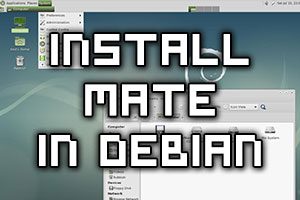
By default a full installation of Debian 9 Linux will have the graphical user interface (GUI) installed and it will load up after system boot, however if we have installed Debian without the GUI we can always install it later, or otherwise change it to one that is preferred.
This quick guide will cover how to install the MATE Desktop on Debian 9 Stretch, which will provide a GUI for working with the Linux system. While I don’t suggest using a GUI on a production server, it’s a good option if you’re using Debian as a desktop.
How To Install KDE GUI In Debian 9 Linux
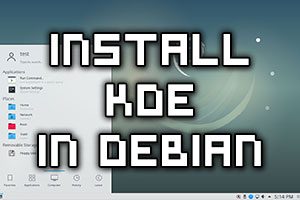
By default a full installation of Debian 9 Linux will have the graphical user interface (GUI) installed and it will load up after system boot, however if we have installed Debian without the GUI we can always install it later, or otherwise change it to one that is preferred.
This quick guide will cover how to install the KDE Plasma Desktop on Debian 9 Stretch, which will provide a GUI for working with the Linux system. While I don’t suggest using a GUI on a production server, it’s a good option if you’re using Debian as a desktop.
How To Install Cinnamon GUI In Debian 9 Linux
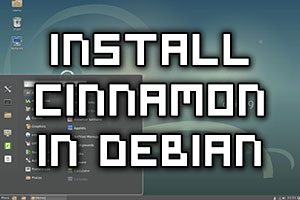
By default a full installation of Debian 9 Linux will have the graphical user interface (GUI) installed and it will load up after system boot, however if we have installed Debian without the GUI we can always install it later, or otherwise change it to one that is preferred.
This quick guide will cover how to install Cinnamon on Debian 9 Stretch, which will provide a GUI for working with the Linux system. While I don’t suggest using a GUI on a production server, it’s a good option if you’re using Debian as a desktop.
